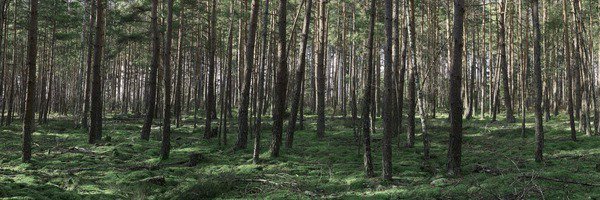1984-1999. The Decade
dal 23/5/2014 al 1/3/2015
Segnalato da
23/5/2014
1984-1999. The Decade
Centre Pompidou - Metz , Metz
The exhibition seeks instead to bring up to date the forms and procedures which anticipated today's artistic creation. Imagined by Dominique Gonzalez-Foerster the exhibition scape presents itself as an intermediate space, between city and nature, inside and outside, day and night: a biographical space composed of objects, sounds, voices, images, reflections and sensations.

curated by Stéphanie Moisdon, art critic and independent curator
Douglas Coupland's 1991 novel Generation X: Tales for an Accelerated Culture paints the portrait of a generation of nomads, born between 1965 and 1977. These are the Baby Busts, the kidults, as opposed to the Baby Boomers. "X" refers to the anonymity of this generation of individuals whose anthem is Nirvana's Smells Like Teen Spirit and whose life was marked by the advent of the Internet, the end of history and militancy, and the transition from the reproductive age to that of "unlimited" access.
This generation is also the first to revive, in art, remembered stories of pioneers and explorers, disincarnated toons, images of man's first steps on the Moon and Armstrong's distorted voice. Together they define new ways of relating to the world; new forms of experimentation, transgression and re-appropriation which go against earlier (counter-) revolutions.
Over recent years, the generation question has been repeatedly raised on a global scale. Various publications, exhibitions and debates try to pinpoint the critical moment when informal networks of artists, independent curators, galleries, art centres, schools and magazines were formed. These situations laid the foundation for a new exhibition vocabulary, a new way of making art and being contemporary.
1984-1999 tackles a decade that defies definition and disaffirms past attempts to do so. Beyond decennial retrospectives and compilations, it is a biographical space composed of objects, sounds, voices, images, reflections and sensations. Imagined by Dominique Gonzalez-Foerster, a major international artist, the exhibition scape presents itself as an intermediate space, between city and nature, inside and outside, day and night.
The exhibition does not attempt to recreate an era nor to sanctify an ideal and lost age, but seeks instead to bring up to date the forms and procedures which anticipated today's artistic creation. Working from a survey of some of the 1990s' central figures (artist Liam Gillick, curator Hans Ulrich Obrist, writer Michel Houellebecq, filmmaker David Lynch…), its purpose is to collect objects and sources which survived and inspired the decade, and to create new, non-hierarchical arrangements between art, literature, film, music, architecture and design.
The exhibition is the mirror-image of the spirit of the 1990s, defined by François Cusset as "a world where 'young people' - those at least who reached adolescence in the mid-1980s – faced with an abysmal critical void had to reinvent a means of desertion and inner exile, and make this void in some way inhabitable by shaping counter-worlds and more or less temporary autonomies – a dissolved world where being sad becomes a stand-in connection with the world and is even, as one of them says, 'the only way not to be completely unhappy'."
A work edited by François Cusset (intellectual historian and lecturer in American Civilisation at Nanterre University) accompanies the exhibition.
Exhibition design based on an artistic project by Dominique Gonzalez-Foerster
Image: © Grégoire Vieille
Regional press
Centre Pompidou-Metz
Noémie Gotti, Communications and Press Relations Officer Mail: presse@centrepompidou-metz.fr
National and international press
Claudine Colin Communication
Diane Junqua Tél : +33 (1) 42 726001 Mail: centrepompidoumetz@claudinecolin.com
Centre Pompidou-Metz
1, parvis des Droits-de-l’Homme - CS 90490 - F-57020 Metz Cedex 1
Opening Hours :
Monday 11 a.m. 6 p.m.
Tuesday closed
Wednesday 11 a.m. 6 p.m.
Thursday 11 a.m. 6 p.m.
Friday 11 a.m. 6 p.m.
Saturday 10 a.m. 8 p.m.
Sunday 10 a.m. 6 p.m.
Last ticket sales 45 minutes before closing tim



